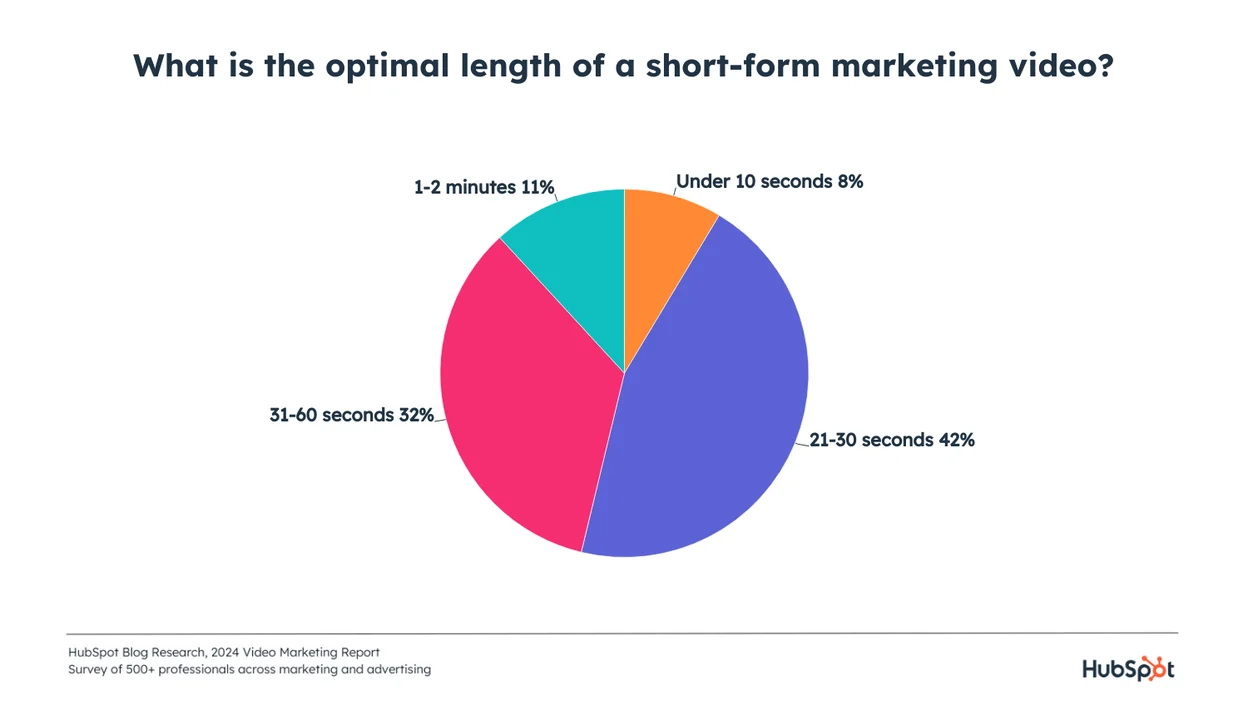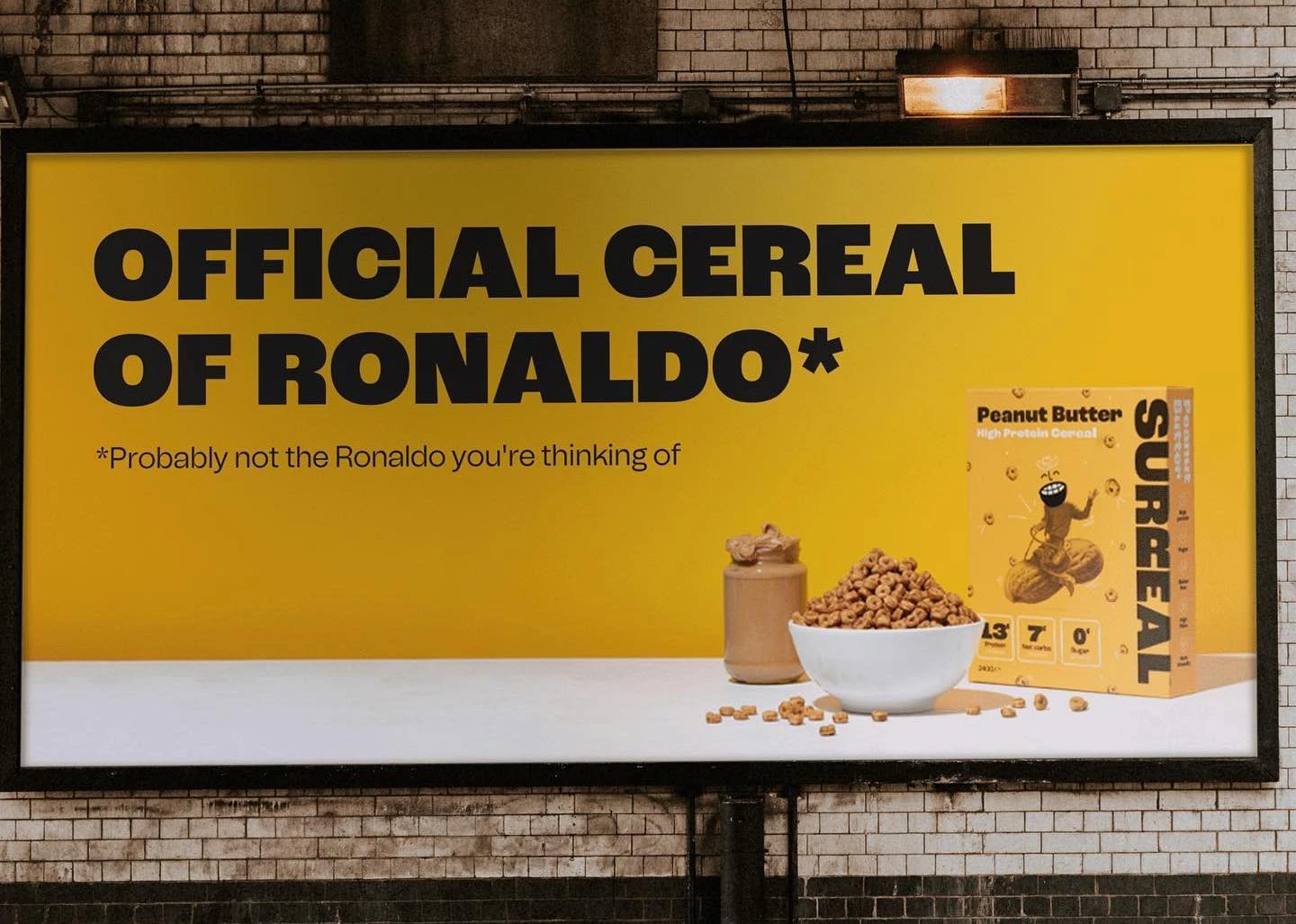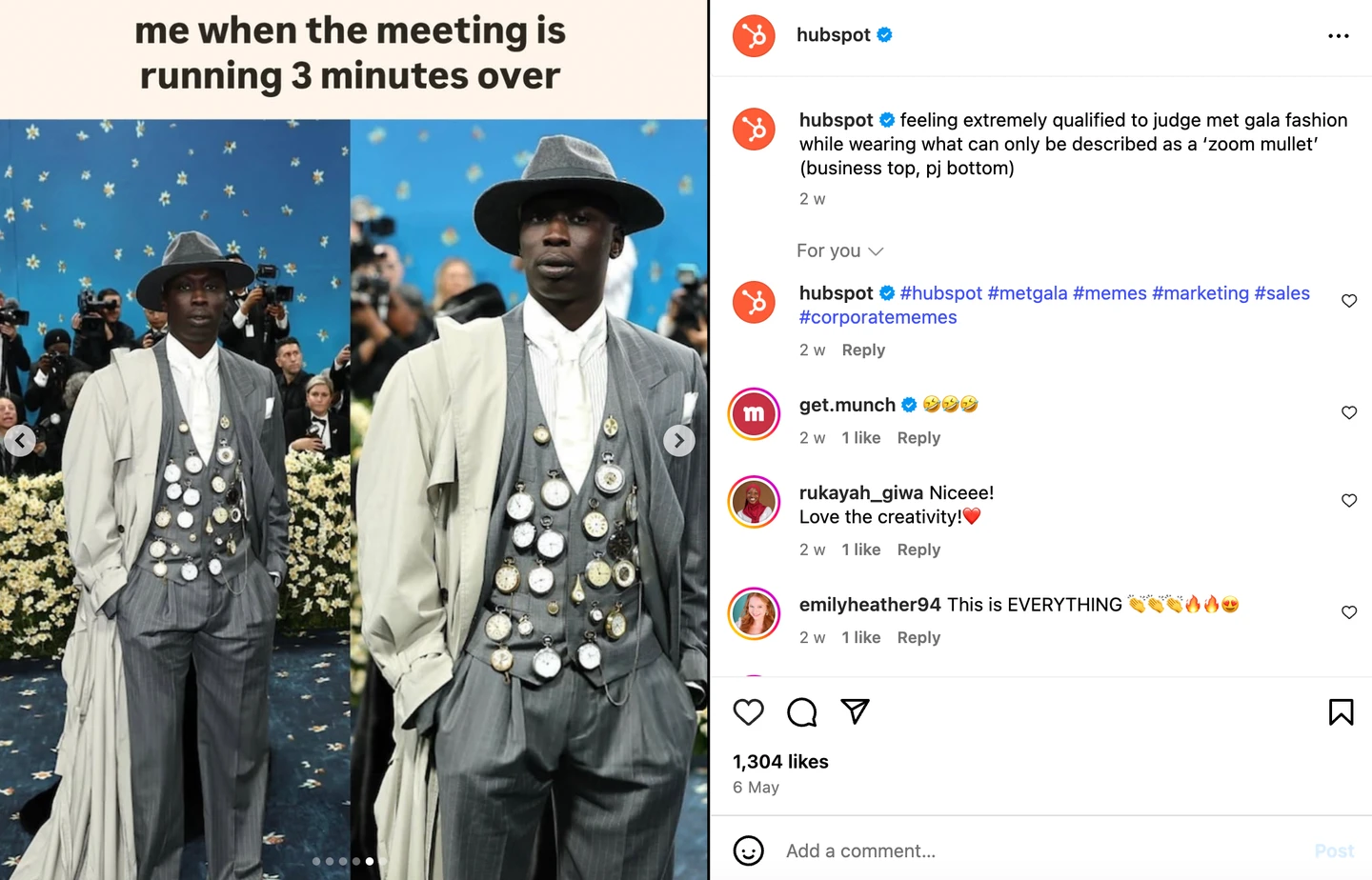Lessons from viral content: What works and why
What are the best ways to go viral, why viral content works, and what’s its role in your content marketing strategy? Let’s dive in.
Written by Lucie Simonova

What are the best ways to go viral, why viral content works, and what’s its role in your content marketing strategy? Let’s dive in.
Written by Lucie Simonova

In this blog, we’re diving into what makes content go viral, why it works, and what formats are best suited to catch that kind of momentum. We’ll cover real-world examples from well-known brands that know how to participate in trendy content and a range of interesting stats that might help you rethink your current approach.
You’ll also learn how viral content fits into a larger content strategy and whether chasing trends or sticking with timeless content is the smarter choice. Let’s get into it.
Viral content online is any piece of content (video, image, meme) that spreads fast and far through shares, reposts, and engagement.
Viral doesn’t just mean “popular.” A post can do great with your existing audience and still not be viral. What makes something go viral is when it breaks out of your bubble and gets picked up, shared, and reshared by people way outside your usual reach.
It often picks up speed with little to no paid promotion, and many times, the people who created it didn’t expect it to go viral at all. Why? Sometimes it strikes an emotional chord or is unexpectedly relatable; other times, it just lands at the right moment. Let’s now explore the many ways content becomes viral and the reasons why it works.
A lot of viral content usually starts with something people are already paying attention to, like a trend, a meme format, or a hot topic. When your content joins the conversation, it feels familiar and fresh with your own take on it at the same time. This makes people more likely to engage with it.
So, what are the main reasons viral content actually works?
Once the points mentioned above combine, things can snowball quickly. More visibility leads to more engagement, which leads to even more reach, and on and on it goes.
Now that you know how this type of content works, let’s take a look at whether viral content is actually beneficial to you and your organization.
We talked about the importance of emotions in our blog on storytelling in content creation—check it out!
Viral content doesn’t have the best reputation sometimes. But besides the dopamine hit from the sea of notifications flooding in, there are some solid benefits it can bring.
Viral content can put your brand on the radar almost overnight. It introduces you to audiences who may never have heard of you otherwise. And if you create more than one successful viral piece, that brand recognition starts to stick.
Just make sure the content still reflects your values and quality. Going viral for the wrong reasons (or with low-effort content) can do more harm than good.
Viral pieces are about more than just likes. They make others feel something and spark conversations. This often leads people to check out the rest of the content and sometimes even hit follow for more. Over time, that kind of engagement can lead to a stronger, more active community around your brand.
Jumping on trends and creating fun content can really energize the team. It gives them the room to experiment and be creative and playful. When the vibe is light and everyone’s having fun, that energy shows in the content.
That excitement can be contagious, not just within the team, but in the way your audience responds, too. When you’re doing something you love, the success tends to follow.
Apart from being quick to consume and made to spark reaction, some types of content are just naturally better suited for spreading fast. Let’s take a look at the leading formats for viral content.
It’s no surprise that short videos are on the list. Video has consistently ranked as the most popular and engaging media type online, with short formats leading the way. According to Personify, videos will make up 82% of all consumer internet traffic by the end of 2025, and short-form video will dominate the space.
The great thing about short-form videos is that you don’t need a fancy gear, a decent camera and a great idea are just enough. The trick is to know how to hook people immediately. Think about YouTube ads—you usually get about five seconds before someone can hit “skip.” That’s roughly how long you have to grab someone’s attention, so be smart about it.
And what is the ideal length of a successful short-form video? Hubspot says it’s 21-30 seconds, meaning creators don’t have much time at all to get a complicated message across, so that’s why relatability is the key here.

With 80% of individuals already preferring video content over written text, it’s clear that investing into video marketing is something to consider.
Memes are just made to be reposted. They are funny, highly-relatable and their visual nature is easy to digest. A well-timed meme with your brand’s spin on it can travel far, especially if they are a part of a current cultural moment or just really resonate with your audience.
But are memes really worth it? To many, they might be just silly images floating around the internet, but meme marketing is a real thing. As W&W Insights shared on LinkedIn, 60% of people say they are more likely to buy from companies that include memes into their marketing strategies.
Memes really help show off the brand’s personality and create a connection that goes behind the brand logo. And connection is what we all crave.
Take a look at this Ryanair’s IG post, showing a relatable airport scenario, engaging viewers in a conversation in the comments. This post is a great example of a popular piece that has all the right elements for the potential to go viral—it’s simple, easy to digest, sparks laughter and makes people want to share their own stories.

If you want to learn from the best, IG accounts from brands like Wendy’s, Hubspot, and Merriam-Webster can be a great source of your inspiration.
The more surprising or unconventional the message, the more likely people are to talk about it. One great example is Surreal, with one of their genius campaigns. They ran ads featuring testimonials from celebrities like Serena Williams, Michael Jordan, and Dwayne Johnson... but not the ones you’re thinking of.
These were everyday people who just happened to share names with famous stars. Surreal paid them to say nice things about the cereal, then used their quotes in big, bold lettering on billboards and social posts.

This cheeky and self-aware campaign broke the mold, sparked tons of shares and best of all, a huge media coverage. It was risky, but it paid off. But that’s the thing with viral content: not every bold idea lands that smoothly, and that’s where the cons come in.
Viral content can be really powerful, but just like everything else, it also has its downsides. Let’s take a look at some of them:
Speaking of jumping on trends, there are specific times where doing so can work especially well. Timing is everything—and when you align your content with a cultural moment, holiday, or industry-specific event, it can give your post a huge boost.
Trendy content moves fast and knowing when to jump in is key. A great opportunity might be holidays and seasonal moments, when people are already tuned in to the theme. These are predictable, recurring opportunities to get playful and relevant with a new take on your content. Think a clever Halloween spin on your product, or a heartfelt post around Valentine’s day.
Another great time is around industry events. Sharing a hot take or trend-inspired reaction during an event your audience cares about can help your brand feel more in-the-know and part of the conversation. Cultural moments like the Met Gala, SNL, or widely popular TV shows are also a great opportunity to come up with easily shareable content.
Hubspot is a great example of knowing when is a good time to participate:

Overall, it’s great to try and be among the early adopters of the trend. Try to catch them on their way up, not when they’re already everywhere. As we said, when the trend is over, it’s over, so jumping on something when it’s already declining might not be the best thing to do. In that scenario, it’d be better to wait for new trends to emerge—and don’t worry, they will.
Relatable short-form video trends have a way of taking over Instagram. Two standout examples in recent months have been the “Suspect” trend and the “She doesn’t know it yet” trend.
In the “Suspect” trend, the “suspect” is running away from the camera while the person recording is describing the suspect. In the example below, you can see Hubspot with two of their suspects, marketing and sales, poking fun at their stereotypical characteristics.
In the “She doesn’t know it yet” trend creators narrate a moment just before a big realization, usually with emotional or humorous undertones. Hootsuite’s take was both clever and super relatable for social media managers.
These trends blew up on Instagram, with brands, influencers, and creators all jumping on the bandwagon. When a format reaches that level of popularity, it creates a kind of shared language on the platform. Everyone’s in on the joke, and that’s exactly the type of environment where viral content takes off.
Trendy versus timeless, that’s a recurring conversation in digital content marketing. How do they differ and is one more important than the other?
Evergreen content is the kind of content that stays relevant over a long period of time, such as how-to guides, white papers, FAQs, glossaries, and overall content that doesn’t rely on trends or current events.
It keeps bringing in traffic, engagement, or conversions long after it’s published, because people search for it over time again and again. In contrast, trendy or viral content is tied to the moment. It’s reactive, time-sensitive, and often built around what’s happening right now—a meme, a pop culture moment, or a major event.
Both types of content have a role to play in a solid content strategy. Evergreen content builds authority and long-term value and keeps your brand searchable and helpful. Trendy content helps you stay relevant, relatable, and visible in real time. When you balance the two, you get content that works now, but also continues to work later.
The best content strategies don’t rely on just one type of content, they blend evergreen and trendy content with pieces that have the potential to go viral. Viral content grabs attention fast, trendy content helps you stay relevant and in the moment, and evergreen content keeps delivering value long after it’s published.
When you use all of these intentionally, they support each other. Don’t put all your creative energy into chasing the next big thing or exclusively focusing on long-term value, because the success happens when you engage in both.
Want to stay on top of what’s happening in the world of content creation and marketing? Be sure to follow us on our Instagram!

What if we told you there was a way to make your website a place that will always be relevant, no matter the season or the year? Two words—evergreen content. What does evergreen mean in marketing, and how do you make evergreen content? Let’s dive into it.
Lucie Simonova

How can you create a cohesive experience for customers no matter what channel they’re on or what device they’re using? The answer is going omnichannel.
Zaneta Styblova

To structure a blog post, start with a strong headline, write a clear introduction, and break content into short paragraphs. Use descriptive subheadings, add visuals, and format for easy scanning. Don’t forget about linking and filling out the metadata. Want to go into more detail? Dive into this blog.
Lucie Simonova